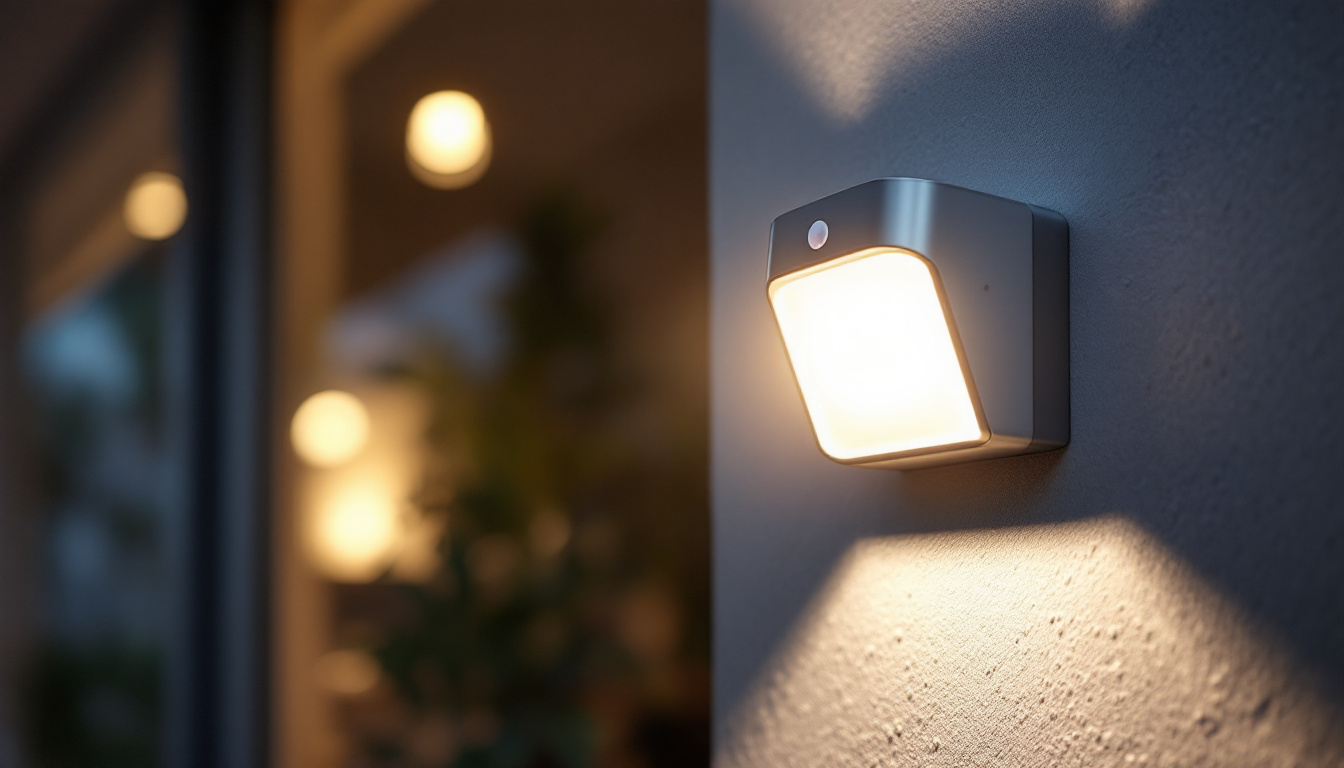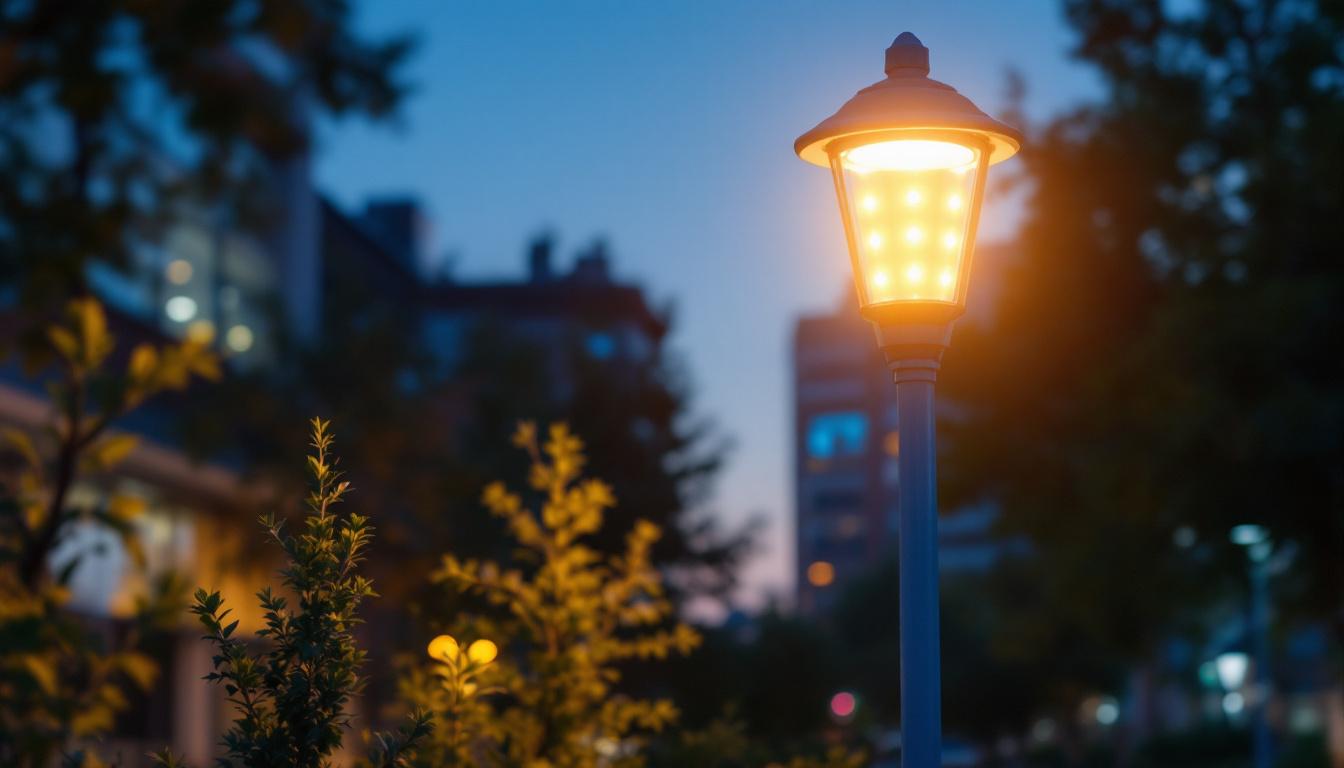
In the realm of smart lighting, the power cord plug often goes unnoticed, yet it plays a crucial role in the overall functionality and efficiency of lighting systems. For lighting contractors, recognizing the significance of these components can lead to improved installations and enhanced customer satisfaction. Power cord plugs are essential for connecting various lighting fixtures to power sources, and their quality can directly impact performance.
Smart lighting systems rely on reliable power connections to ensure seamless operation. Whether it’s for residential or commercial projects, understanding the different types of power cord plugs available can help contractors make informed decisions. This knowledge not only aids in selecting the right components but also enhances the overall aesthetic and functionality of the lighting design. The integration of smart technology into lighting systems means that these plugs must also accommodate additional features such as dimming capabilities and remote control functions, making their selection even more critical.
Power cord plugs come in various shapes and sizes, each designed for specific applications. Understanding these types is essential for any lighting contractor looking to optimize their installations. The most common types include NEMA plugs, IEC connectors, and specialized plugs designed for smart lighting systems.
NEMA plugs are widely used in North America and are known for their durability and versatility. They come in different configurations, allowing contractors to choose the right one based on the power requirements of the lighting fixtures. IEC connectors, on the other hand, are more common in Europe and are often used for portable lighting solutions. Specialized plugs, tailored for smart lighting, may include features such as built-in transformers or data connections, facilitating communication between devices. Additionally, some smart lighting systems utilize plugs that support power over Ethernet (PoE), enabling both power and data transmission through a single cable, which can simplify installations and reduce clutter.
When selecting power cord plugs, several factors should be taken into account. First and foremost is the voltage and amperage requirements of the lighting fixtures. Ensuring that the chosen plug can handle the electrical load is crucial for preventing overheating and potential failures.
Another important consideration is the environment in which the lighting will be installed. For outdoor applications, weather-resistant plugs are essential to withstand the elements. Additionally, the length of the power cord can impact installation flexibility, so contractors should assess the layout of the space to determine the optimal cord length. Furthermore, the ease of installation and maintenance should not be overlooked. Plugs that are user-friendly and allow for quick connections can significantly reduce installation time and improve the overall efficiency of the project. Contractors should also consider the aesthetic aspects of the plugs, as they can affect the visual appeal of the lighting setup, especially in high-profile installations where design integrity is paramount.
As the demand for smart lighting solutions continues to grow, innovative approaches to power cord plug installation are becoming increasingly important. Lighting contractors are finding new ways to integrate these components into their designs while maintaining aesthetic appeal and functionality.
One effective approach is the use of modular power systems. These systems allow contractors to create customized setups that can be easily adjusted or expanded as needed. By utilizing modular components, contractors can streamline the installation process and reduce the time spent on-site, ultimately leading to increased efficiency and profitability. Furthermore, modular systems can be designed to accommodate future technological advancements, ensuring that installations remain relevant and functional for years to come.
Smart power strips are an excellent addition to any smart lighting installation. These devices not only provide multiple outlets for connecting various lighting fixtures but also offer features such as surge protection and energy monitoring. By incorporating smart power strips, contractors can enhance the safety and efficiency of their installations.
Moreover, smart power strips can be integrated with home automation systems, allowing users to control their lighting remotely. This added layer of convenience can be a significant selling point for clients, making it a valuable consideration for contractors when planning their installations. Additionally, many smart power strips come equipped with scheduling capabilities, enabling homeowners to set specific times for their lights to turn on or off, thereby enhancing security and energy savings. This level of control can transform a simple lighting setup into a sophisticated, user-friendly system that aligns with the modern homeowner’s lifestyle.
Wireless technology is revolutionizing the way lighting contractors approach power cord plug installations. By utilizing wireless power solutions, contractors can eliminate the need for extensive wiring, reducing installation time and complexity. Wireless power systems can be particularly beneficial in retrofitting existing spaces where traditional wiring may be challenging.
Additionally, wireless technology enables greater flexibility in lighting design. Contractors can easily reposition fixtures without the constraints of fixed power outlets, allowing for creative and dynamic lighting arrangements. This adaptability can lead to more satisfied clients and increased referrals for contractors. Furthermore, as energy-efficient LED technology continues to advance, the integration of wireless systems can facilitate the use of smart sensors that adjust lighting based on occupancy or ambient light levels, further enhancing energy efficiency and user experience. Such innovations not only improve the functionality of lighting systems but also align with growing sustainability trends, appealing to environmentally conscious consumers.
Maintaining power cord plugs is essential for ensuring the longevity and reliability of smart lighting systems. Lighting contractors should educate their clients on proper maintenance practices to prevent issues and extend the lifespan of their installations.
Regular inspections of power cord plugs can help identify wear and tear before it becomes a serious problem. Contractors should recommend that clients check for frayed cords, loose connections, and signs of overheating. If any issues are detected, replacing the power cord plug promptly can prevent further damage to the lighting system.
In addition to maintenance, educating clients on the proper usage of power cord plugs is crucial. Contractors should emphasize the importance of not overloading circuits and using the appropriate plugs for specific lighting fixtures. Providing clients with clear instructions can help prevent misuse and ensure the safe operation of their smart lighting systems.
Furthermore, contractors can offer guidance on the best practices for energy efficiency. Encouraging clients to utilize timers, dimmers, and smart controls can optimize energy usage and reduce costs, making smart lighting not only a stylish choice but also a financially savvy one.
Documenting installation procedures is another best practice that lighting contractors should adopt. Keeping detailed records of the power cord plugs used, their specifications, and installation methods can be invaluable for future maintenance or upgrades. This documentation can also serve as a reference for troubleshooting any issues that may arise down the line.
Moreover, having a well-documented process can enhance the professionalism of the contractor. Clients appreciate transparency and thoroughness, which can lead to increased trust and repeat business.
The landscape of smart lighting is continuously evolving, and power cord plug technology is no exception. As advancements in technology emerge, lighting contractors must stay informed about the latest trends to remain competitive in the market.
One notable trend is the development of power cord plugs with integrated smart technology. These plugs can communicate with lighting systems, allowing for real-time monitoring and control. Such advancements not only enhance functionality but also contribute to energy efficiency by providing data on usage patterns.
Safety is always a priority in electrical installations, and new power cord plug designs are incorporating enhanced safety features. This includes built-in circuit breakers, surge protection, and even ground fault circuit interrupters (GFCIs) to prevent electrical hazards. Contractors should be aware of these innovations and consider them when selecting components for their projects.
By prioritizing safety, contractors can build a reputation for reliability and professionalism, which is crucial in a competitive industry. Clients are more likely to choose contractors who demonstrate a commitment to safety and quality.
As sustainability becomes a more pressing concern, the demand for eco-friendly power cord plugs is on the rise. Contractors should explore options that utilize recyclable materials and energy-efficient designs. By incorporating sustainable practices into their installations, contractors can appeal to environmentally conscious clients and differentiate themselves in the marketplace.
Additionally, promoting energy-efficient lighting solutions can contribute to a contractor’s overall sustainability goals. By educating clients on the benefits of eco-friendly options, contractors can foster a culture of sustainability within their projects.
The power cord plug may seem like a small component in the grand scheme of smart lighting installations, but its impact is significant. For lighting contractors, understanding the intricacies of power cord plugs, from selection to installation and maintenance, can lead to enhanced project outcomes and satisfied clients.
By adopting innovative approaches, staying informed about industry trends, and prioritizing safety and sustainability, contractors can position themselves as leaders in the smart lighting market. Ultimately, the goal is to create lighting solutions that not only illuminate spaces but also enhance the quality of life for those who inhabit them.
As the smart lighting industry continues to evolve, contractors who embrace these principles will be well-equipped to meet the demands of their clients and thrive in an increasingly competitive landscape.
Ready to enhance your smart lighting installations with the best in the business? Look no further than LumenWholesale for a vast array of top-quality, spec-grade lighting products at unbeatable wholesale prices. Say goodbye to local distributor markups and hello to superior lighting that meets the highest industry standards. With LumenWholesale, you’ll enjoy the convenience of bulk buying with free shipping, ensuring you get the premium lighting you need at the best value — without hidden fees or compromises. Elevate your lighting projects today with LumenWholesale, where quality, affordability, and convenience come together seamlessly.

Discover the essential facts about long lamp bulbs that every lighting contractor needs to know.

Discover the science behind motion sensor lights and learn how they can revolutionize your lighting projects.

Explore the innovative strategies lighting contractors use to integrate commercial LED strips into modern designs.

Discover the essential facts about LED lamp posts that every lighting contractor should know.